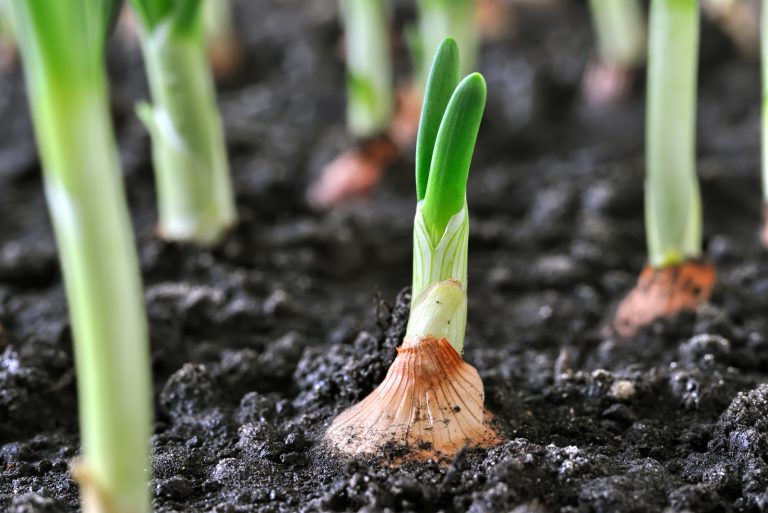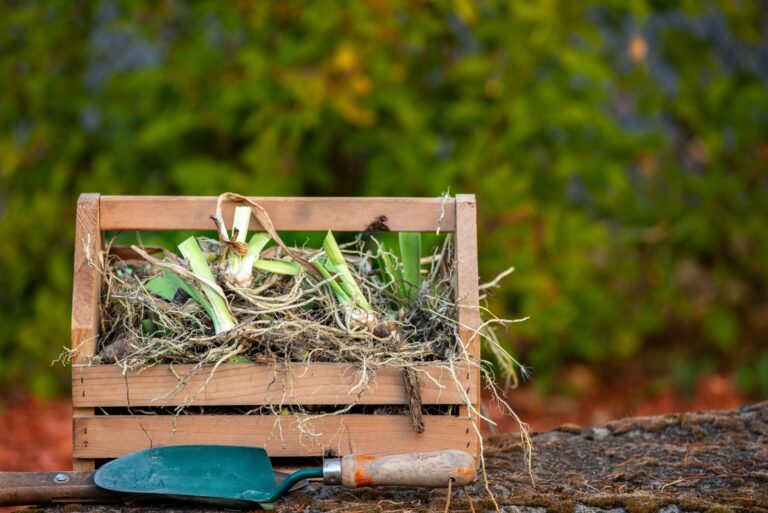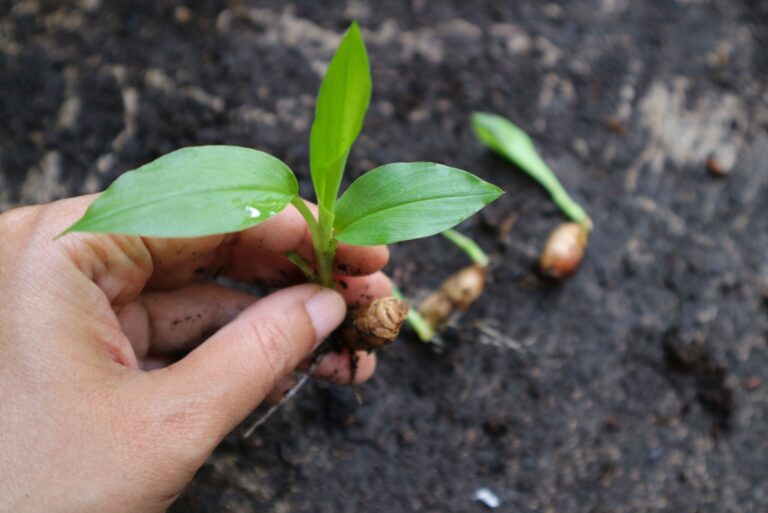Growing Celery In Raised Beds Has Never Been Easier With These Simple Tricks
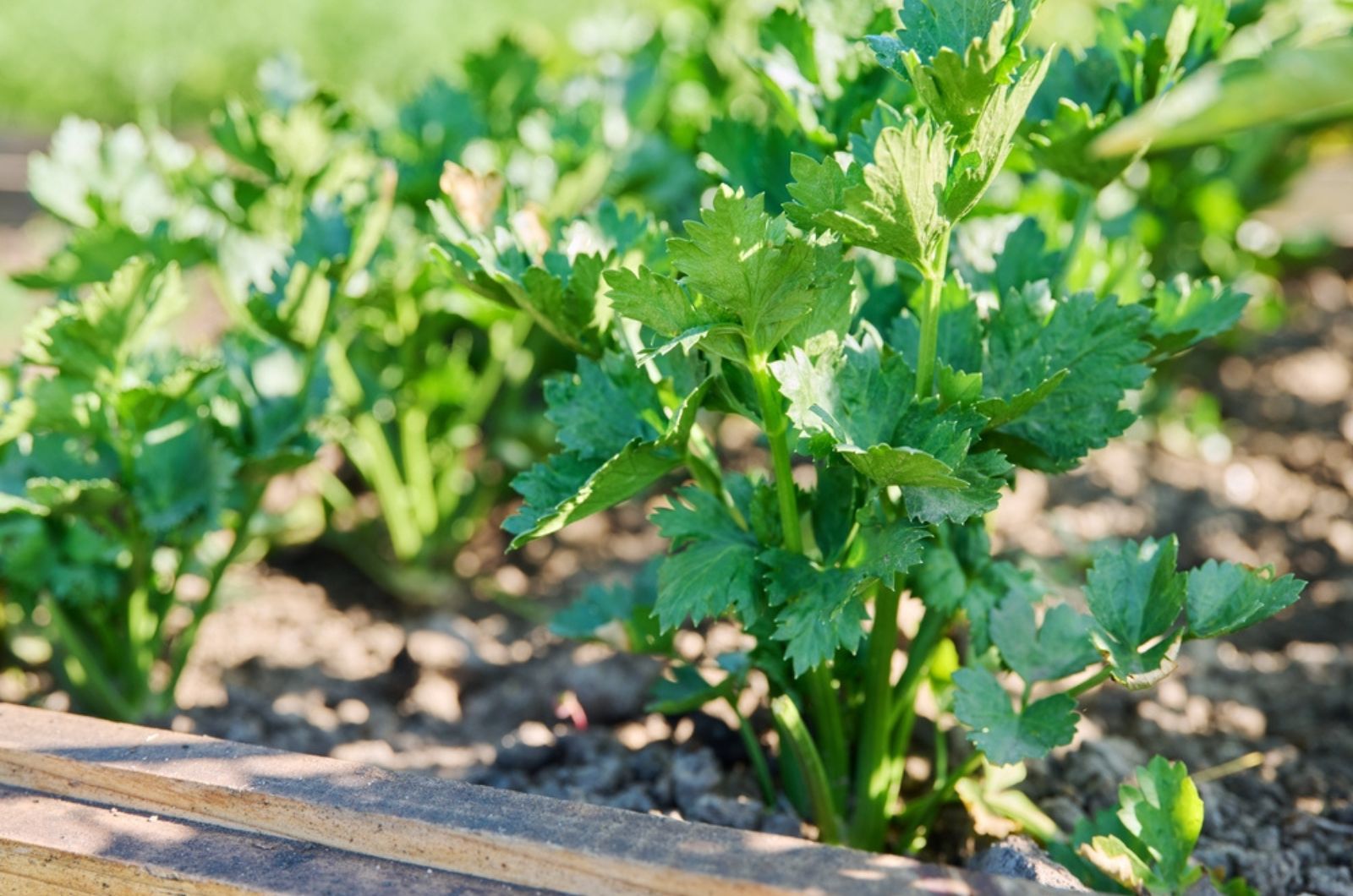
If you want to stay healthy, grow celery! It’s perfect for your skin because it can help reduce redness and irritation.
Last year, I wanted to plant them but my garden wasn’t big enough. I didn’t want to miss the chance to grow celery, which is how I came across raised beds. They were the perfect match for my leafy crops!
The best part is that they don’t require too much work. You just need to pay attention to a few things while growing them.
Let’s find out more!
Wait For The Right Time To Sow
Celery should be sown indoors. This will ensure successful and healthy growth. The seeds need high temperatures to germinate, so place the pot on a south-facing windowsill.
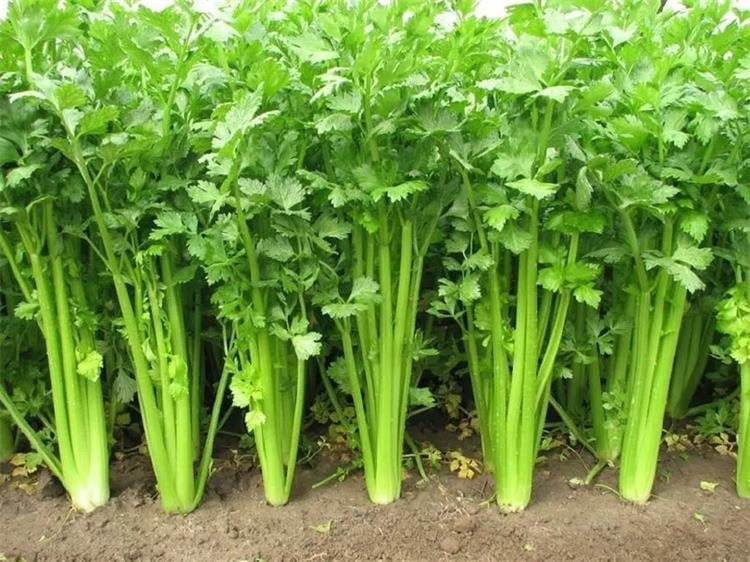
Transplant them in the fall, winter, or early spring. These veggies can’t grow in cold conditions. Temperatures should not drop below 50°F! If you live in colder areas, then wait for warmer days.
Use Good Quality Soil
After transplanting, place the veggies in well-drained soil. You can also add compost. Celery will need a fertilizer rich in potassium. It’s best to use it two to three times a week.
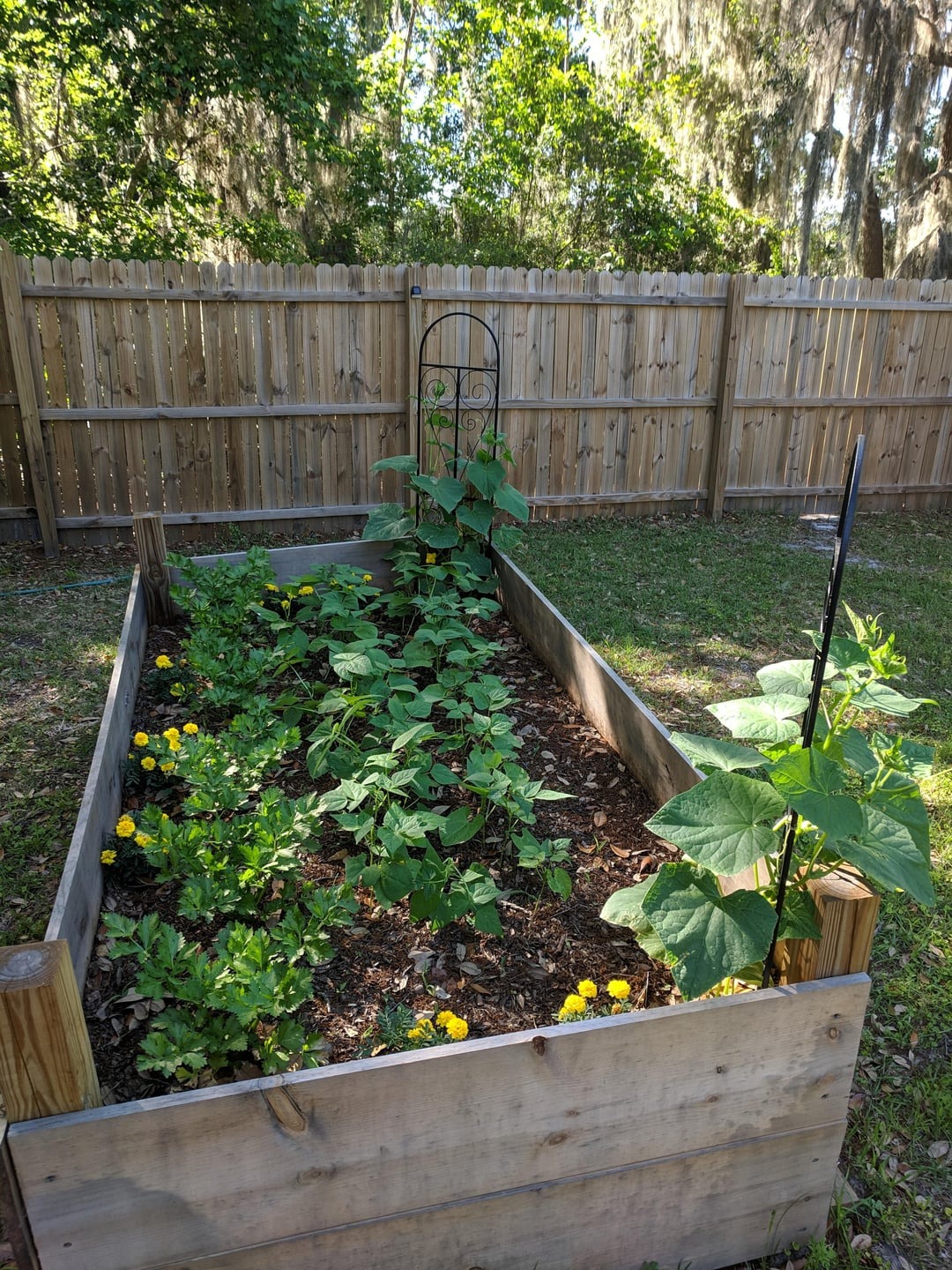
If you want your veggies to thrive you need to keep the moisture levels high. In order to do so you can use mulch. This will help slow down water evaporation from the soil. It will also remove all the weeds, which means your celery will have healthy growth.
Keep Celery Watered
Did you know that celery stalks are full of water? That’s why it needs constant hydration to thrive. You should regularly check if the soil is dry. It’s best to water it once a week.
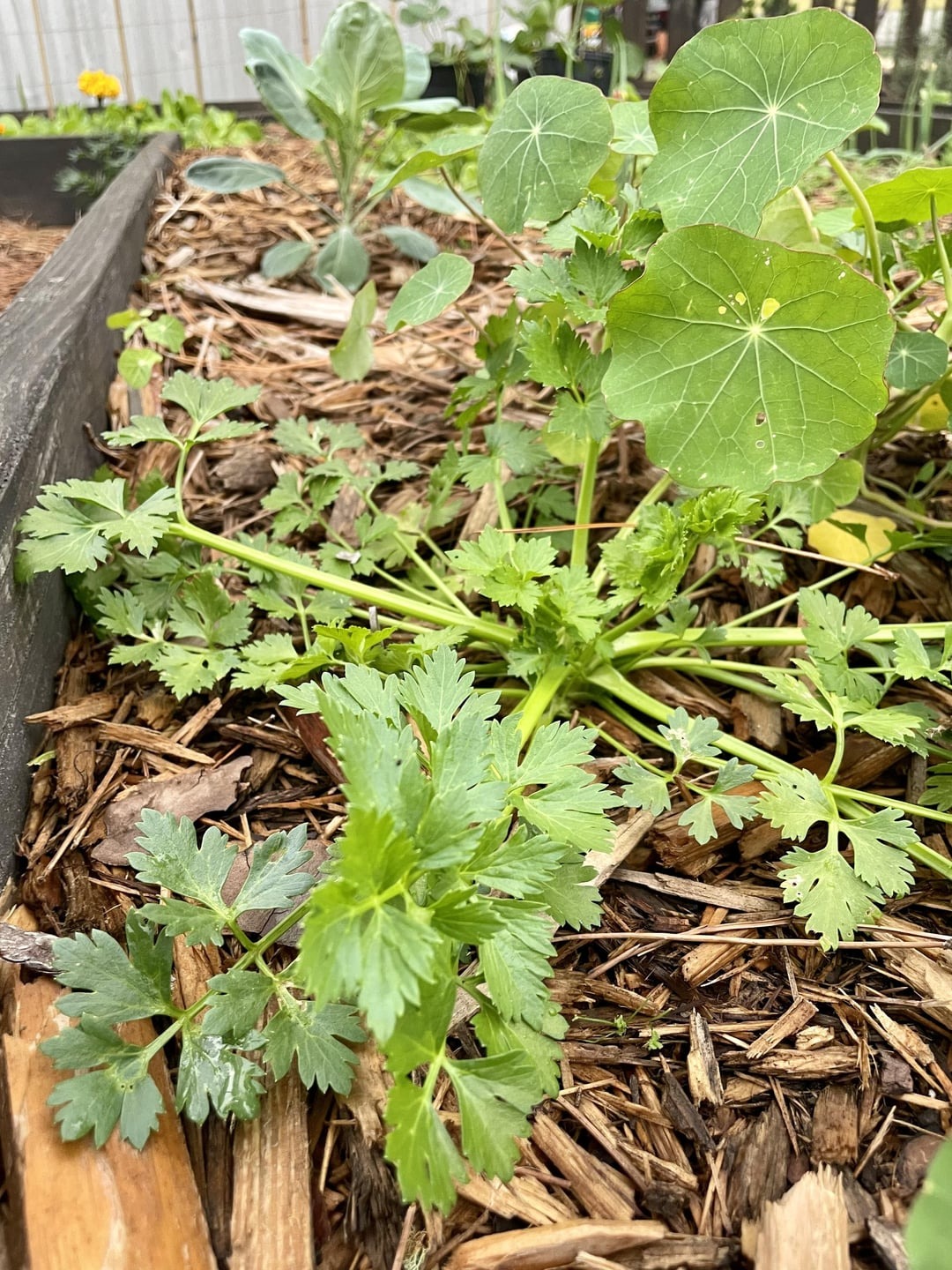
Any stress during watering can cause stalks to become stringy. So, if you spot your veggies turning yellow or their growth slowing down, it means you’re doing it wrong. That’s why it’s important to get this part of the process right!
Beware of Pests, Especially Crawlers
Aphids, slugs, and leaf miners are some of the pests that can affect your veggies. Because you’re growing them in raised beds, crawlers won’t be able to reach the celery. You can keep them away by planting lavender, peonies, and roses. Slugs can’t stand these flowers!
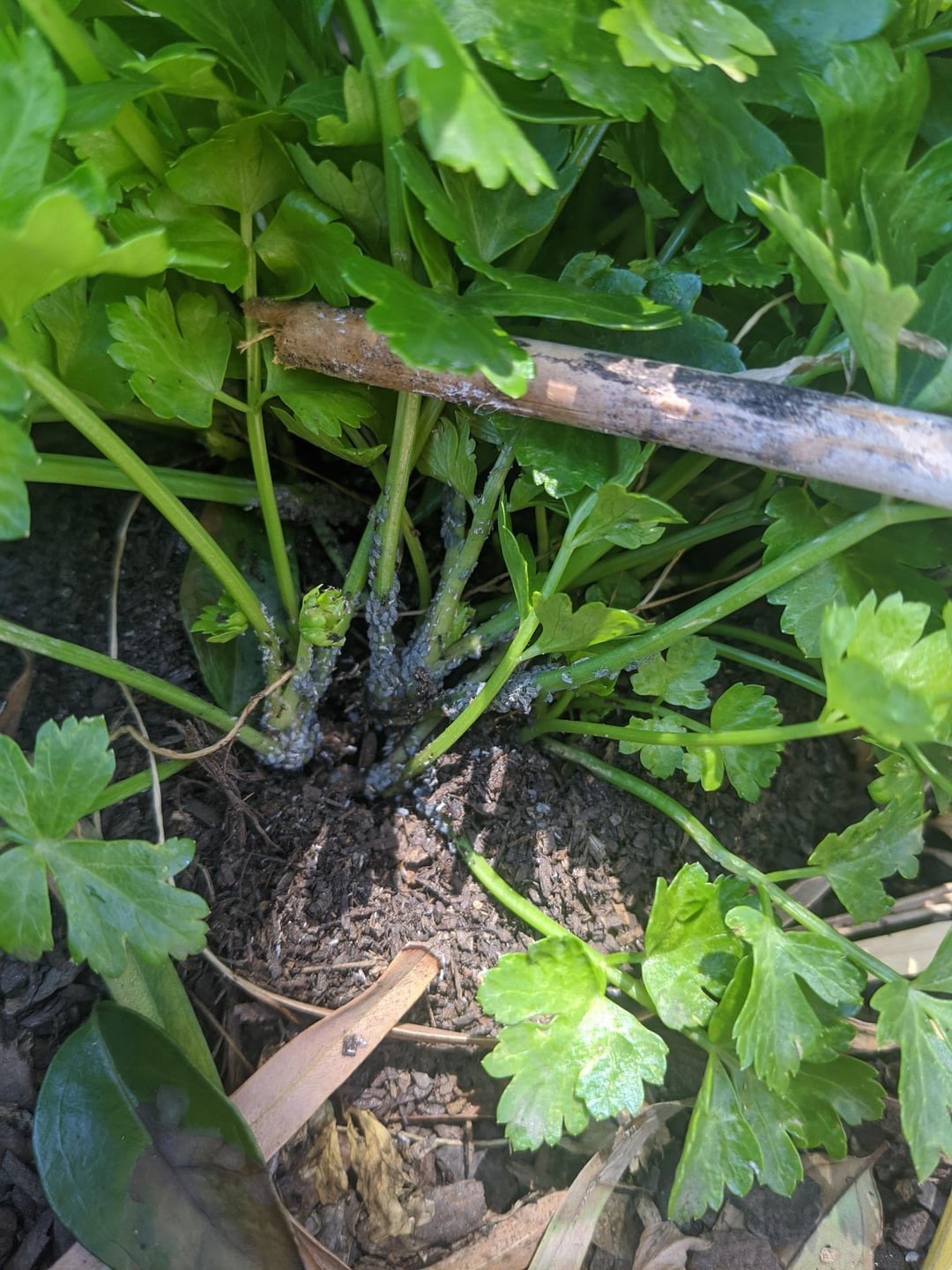
You can remove leaf miners and aphids by hand. If they keep showing up, then you can use insecticidal soaps.
Once Celery Is Fully Grown, Harvest Regularly
After twenty weeks of hard work, you’ll finally reach the most rewarding part, harvesting your veggies! Harvest each stalk individually to encourage the celery to keep growing new ones.
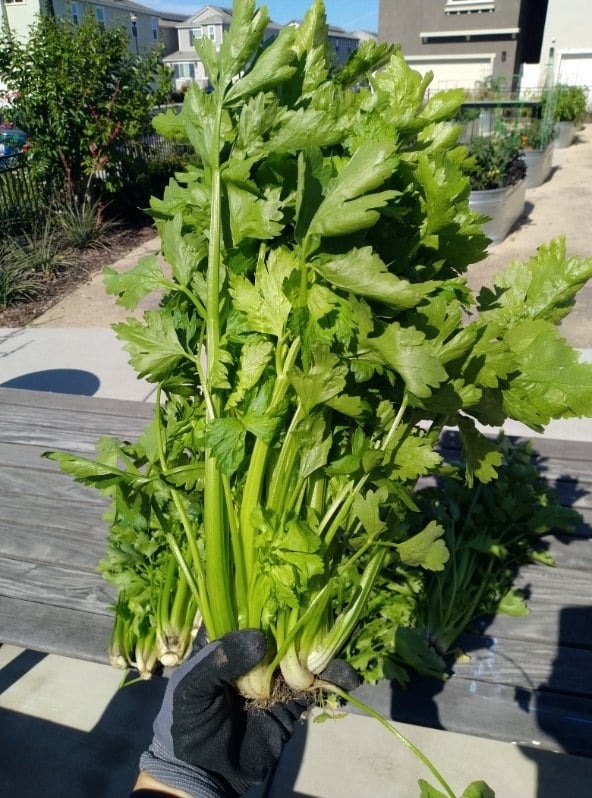
It’s best to use them fresh in the kitchen. They add a delicious taste to soups, stews, and salads. Store them in the fridge to reduce the celery’s bitterness!
Growing celery in raised beds has never been easier, especially when you use these effective tips. After that, you’ll be able to enjoy fresh crops throughout the entire season.
I always love experimenting and trying new things in gardening. So far, this method has proven to be the best for growing this vegetable. I almost filled my entire refrigerator with celery because the harvest was so successful!
If you want to stay healthy, there’s no need to wait. Prepare a spot for raised beds and start planting right away!


